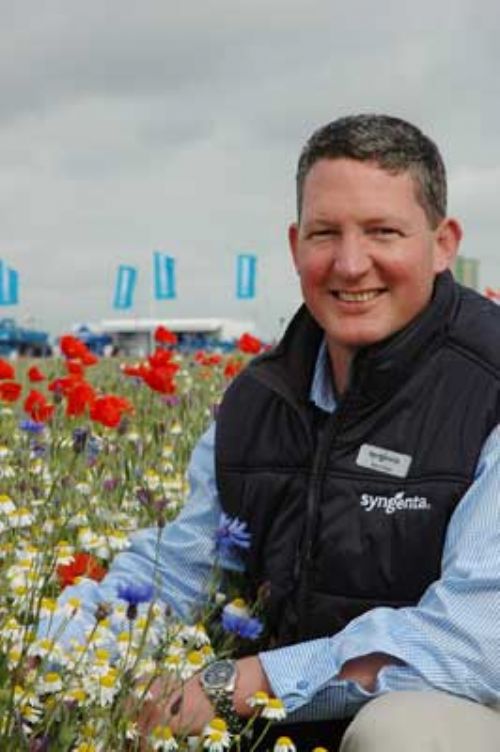
Syngenta has published a new Brief Guide to Bees, to provide growers, agronomists and environmental managers with essential information on the UK’s different bee species, and their essential role in pollination services. The Operation Pollinator guide covers honeybees, bumblebees and, importantly, solitary bees.
Mark Bullen, Syngenta Operation Pollinator UK manager, highlights the guide reports that solitary bees may provide a more effective pollination service, compared to other bees. "They carry dry pollen on their hind legs or abdomens, which can be around 80% viable, whereas the wet pollen carried by honeybees and bumblebees may be as low as 20% viable for pollination," he said.
"Syngenta, together with a group of specialists, is developing the habitat delivery skills to provide these natural pollinators with greater opportunities. This will enable farmers to encourage more natural pollinators on their farms," added Mr Bullen.
Marek Nowakowski of The Wildlife Farming Company, who wrote the guide, advises that all bees need nest sites where food can be found within foraging range. It is believed that honeybees can forage effectively up to two km and bumblebees up to 1.5 km, but the range of most solitary bees is in the region of 500 m to one km, depending on their size.
"Furthermore, bees that live their lives between March and May are more likely to experience a critical ’hungry gap’ when there is a limited supply of flowering plants and pollen. The hungry gap is a real hazard for pollinators that farmers can help alleviate by sowing the right flowers," he added.
